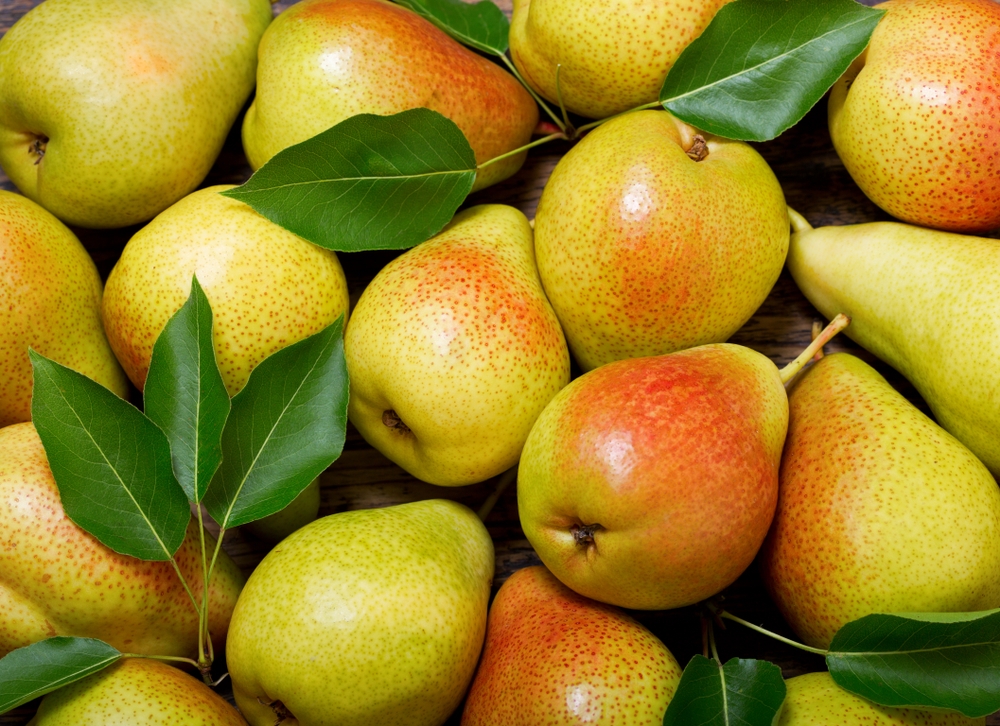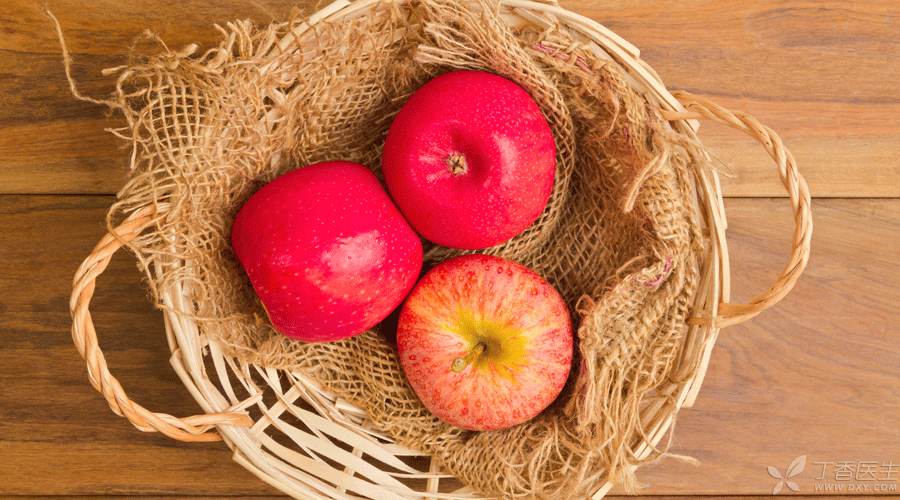
Do you often have such situations:
Have dinner with your friends, everyone else is fine after eating, only you start to have stomachache?
The leader gave a big task, a little excited and nervous, the stomach began to not give force, one trip to the toilet?
My stomach is empty and hungry, but when I eat, my stomach is swollen and I always want to [exhaust]?
Constipation for one week, diarrhea for three days, cycle, cycle?
… …
You may be an irritable bowel person
These embarrassing situations are probably caused by a functional bowel disease called irritable bowel syndrome.
It is mainly manifested as follows:
- Stomachache: This is the most important problem, and it often appears after eating. Diarrhea: usually 3-5 times a day; Constipation: Stool is dry and less, which may alternate with diarrhea. Abdominal distension: It is more serious during the day, especially in the afternoon.
As long as defecation is carried out, these conditions will improve.
In our country, 6.5% (some data think it can be as high as 16%) of the people suffer from irritable bowel, especially women, young and middle-aged people and students.
The cause of irritable bowel is still unclear. Some studies believe that it is the result of a combination of many factors.
For example, genetic factors, mental and psychological abnormalities, intestinal infection, mucosal immune and inflammatory reactions, brain-intestinal axis dysfunction, gastrointestinal motility abnormalities, visceral hypersensitivity, food intolerance and intestinal flora disorders are really complicated.

I don’t know where the disease started, how can it be treated?
1. Pay attention to psychological factors: Don’t be nervous
Yes, don’t neglect psychological and spiritual factors. Many people are prone to tummy trouble when they are under pressure and tension.
For example, before exams, interviews, business trips, and sometimes even before appointments… If there are predictable [nervous] events, it is necessary to take toilet paper with you and find a good toilet in advance in addition to practicing preparation in advance to make yourself less nervous.
The etiology of irritable bowel is more personalized, and don’t guess for yourself when the corresponding symptoms occur.
It is best to go to a reliable hospital and find a doctor in the Department of Digestive Internal Medicine to make a definite diagnosis first. Through more communication with doctors, set a treatment plan that conforms to your illness.
The goal of treating this problem is to relieve abdominal pain, exhaust, constipation, stomachache… and lead a life that is not embarrassing.
2. Cooperate with diet adjustment: low FODMAP diet
Although diet is not necessarily the cause of irritable bowel, it is an important factor inducing or aggravating irritable bowel symptoms. But, To Special attention Food intolerance.
For example, many people in life have diarrhea after drinking milk, which is the familiar problem of lactose intolerance. There are also some people who eat watermelons and pears in what and run to the toilet. This is actually a problem of [fructose intolerance] without realizing it.
Food ingredients that cause food intolerance and thus induce and aggravate irritable bowel syndrome are called FODMAP ().
It doesn’t matter if you don’t understand these nouns. In short, these substances are difficult to be absorbed in the small intestine, which will increase the osmotic pressure of the intestinal cavity and easily ferment and produce gas in the intestinal tract.
In foreign countries, for patients with irritable bowel syndrome, limiting the intake of FODMAP, especially fructose, lactose and sorbitol, is conducive to symptom improvement, and the effective rate can reach more than 70%.
However, there are few researches on low FODMAP diet in China. < < Chinese experts’ consensus opinion on irritable bowel syndrome > > also regards low FODMAP diet as an intervention measure to improve irritable bowel symptoms, and points out at the same time that the effect of low FODMAP diet on irritable bowel patients in China still needs to be studied.
At present, [low FODMAP diet] is widely used to help improve irritable bowel diet.

How to make a low FODMAP diet?
FODMAP is only a kind of inducement rather than etiology, so low FODMAP diet may not completely solve the problem of irritable bowel, and different people will have intolerance to different FODMAP.
To find food that you really cannot tolerate, the key is one word: try.
The first stage: strictly limit food to relieve uncomfortable feeling
This stage is basically [would rather kill 100 by mistake].
With the help of digestive physicians and nutritionists, understand your current eating habits and master what foods with high FODMAP are. After removing them all, make a more reasonable diet plan and strictly implement it for 6-8 weeks.
It should be noted that the first stage is only suitable for short-term use. It is to find intolerant foods and relieve physical discomfort. If you eat like this for a long time, you may suffer from unbalanced nutrition.
The second stage: resume diet one by one and find out the intolerant food.
This stage has basically become [absolutely good to kill one].
When the symptoms begin to improve, the FODMAP-containing foods that have been [discarded] can be restored one by one in the daily diet, and the body’s reaction after each addition of new foods can be closely observed.
If there is no response, it can be retained in the future. There will be reactions, so try to avoid them everyday.
You may be intolerant of these 5 kinds of food
All right! Having said so much, which foods in life contain FODMAP?
Common FODMAP includes fructose, lactose, fructose, galactooligosaccharide, maltitol, xylitol, etc. They are more common in the following foods:
- Fructose: Honey, apples, hard peaches, watermelons, pears, asparagus, honey beans, various fruit juices, high fructose corn syrup (most common in sweet drinks); Lactose: milk, goat’s milk, ice cream, soft cheese, etc. Fructan: peaches, persimmons, watermelons, beetroot, garlic, leeks, onions, peas, wheat, rye, barley, pistachios, chickpeas, inulin, etc. Galactooligosaccharide: Common in various beans, such as chickpeas, red kidney beans, lentils, etc. Polyol: Sorbitol is mostly contained in apples, apricots, avocados, nectarines, cherries, pears, plums, cauliflower and mushrooms. Various polyol sweeteners are commonly used in low-sugar foods and sugar-free chewing gum.
In short, various fruits, beans, dairy products and sweeteners are important sources of FODMAP.
In this way, there seems to be a little more [food that may be intolerant], but don’t forget that different people have different intolerant ingredients. Find what you can’t tolerate and eat the rest.
